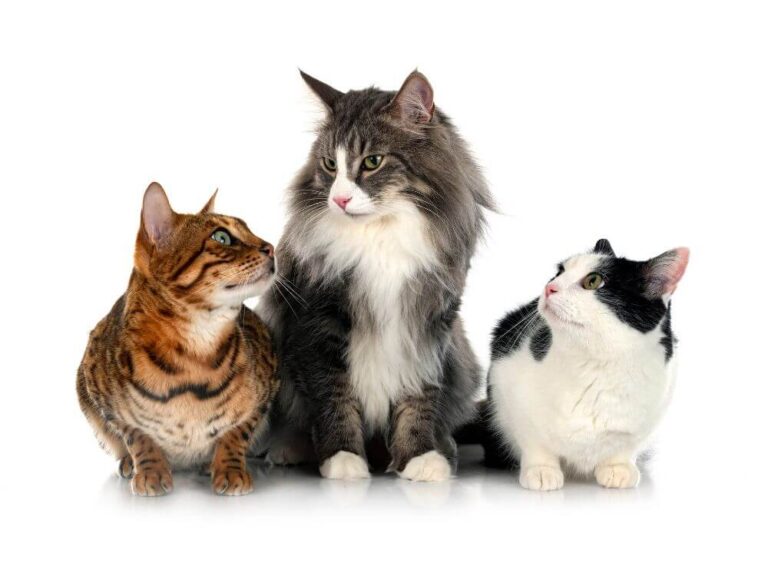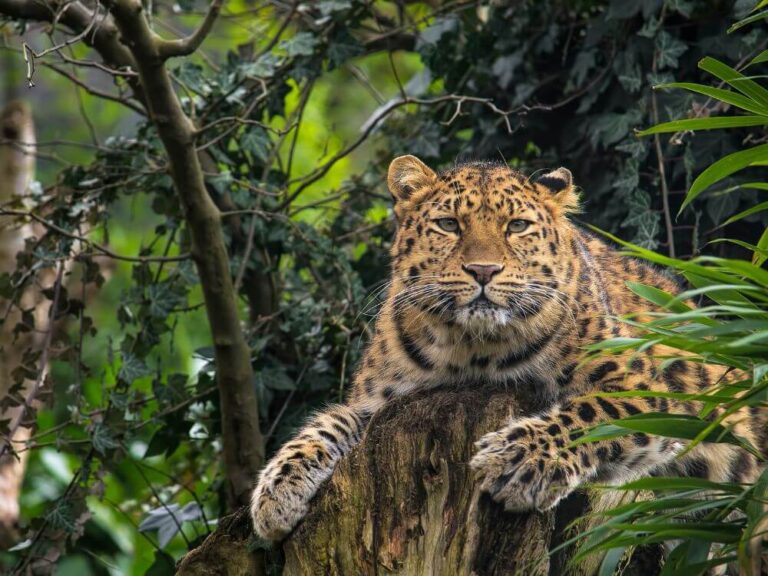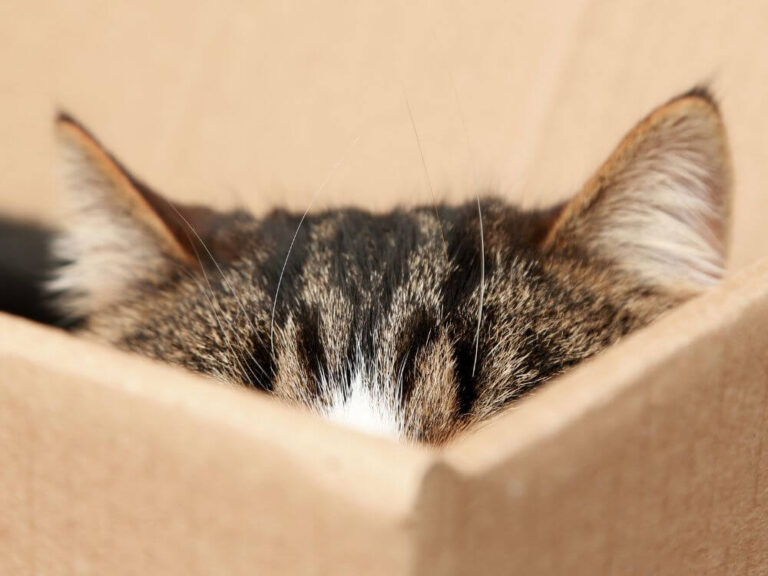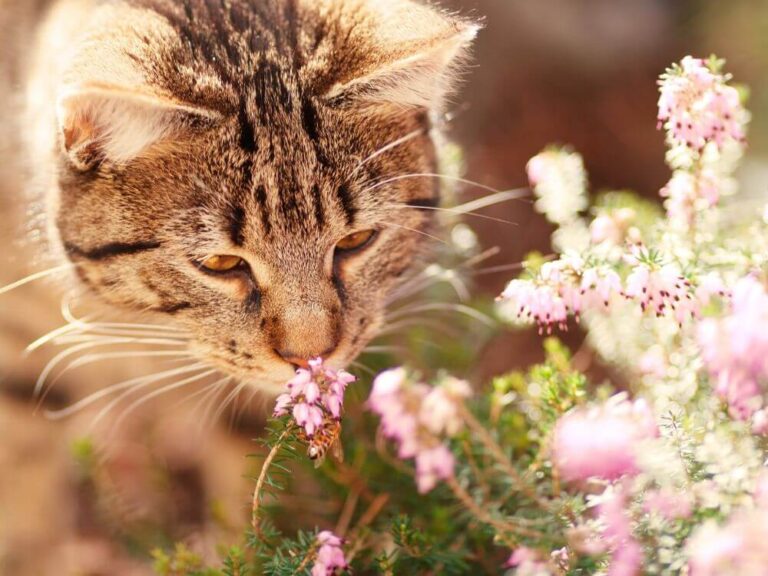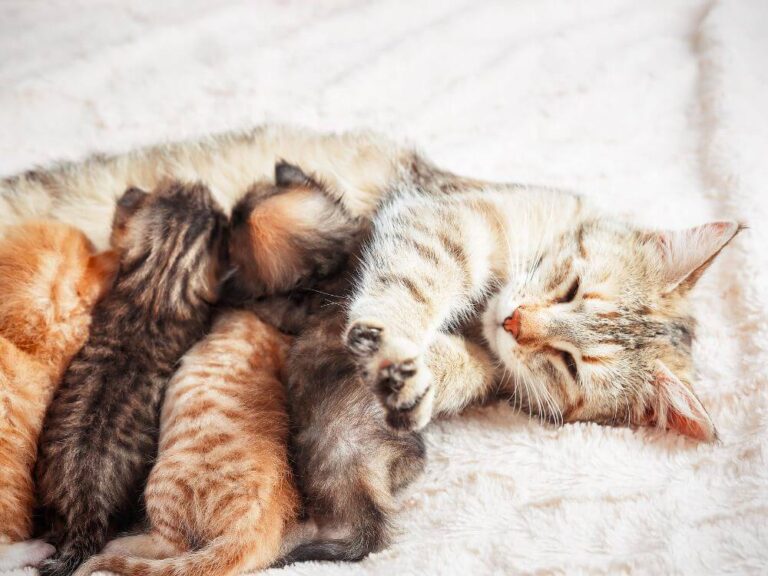Anatomy of Cats: Understanding Your Feline’s Physique
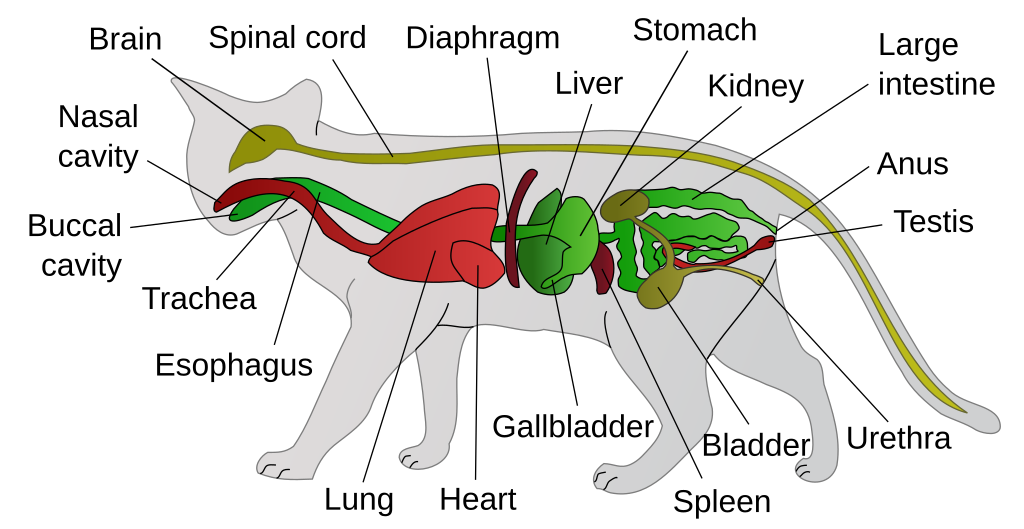
Cats possess a fascinating and intricate body structure that has evolved over thousands of years. Anatomy of cats reflects their roles as hunters and survivors, allowing them to be agile, powerful, and graceful. In this article, we will explore the various aspects of cat anatomy, from their flexible spine to their sharp claws, as well as their complex internal organs, which contribute to their overall health and survival.
The Flexible Spine: The Secret to Agility
One of the most notable features of a cat’s anatomy is its incredibly flexible spine. This flexibility allows cats to twist, turn, and stretch with ease. Each vertebra in their spine is separated by elastic discs, providing an impressive range of motion. This flexibility is essential for their hunting style, enabling them to leap great distances, change direction mid-air, and land on their feet from high places. This ability, known as the “righting reflex,” is unique to cats and is a direct result of their flexible spine.
A cat’s spine consists of 53 to 58 vertebrae, which is more than the 33 vertebrae in a human spine. The number of vertebrae in a cat’s spine varies due to differences in the number of tail vertebrae, which can differ between individual cats and breeds. The total number of vertebrae in a cat’s spine typically ranges from 53 to 58, including the cervical, thoracic, lumbar, sacral, and caudal (tail) vertebrae.
The number of caudal vertebrae usually ranges from 19 to 23, creating variability in the overall vertebral count. Certain cat breeds, like the Manx, naturally have short or absent tails, resulting in fewer caudal vertebrae and a lower total vertebra count. In contrast, cats with longer tails have more caudal vertebrae.
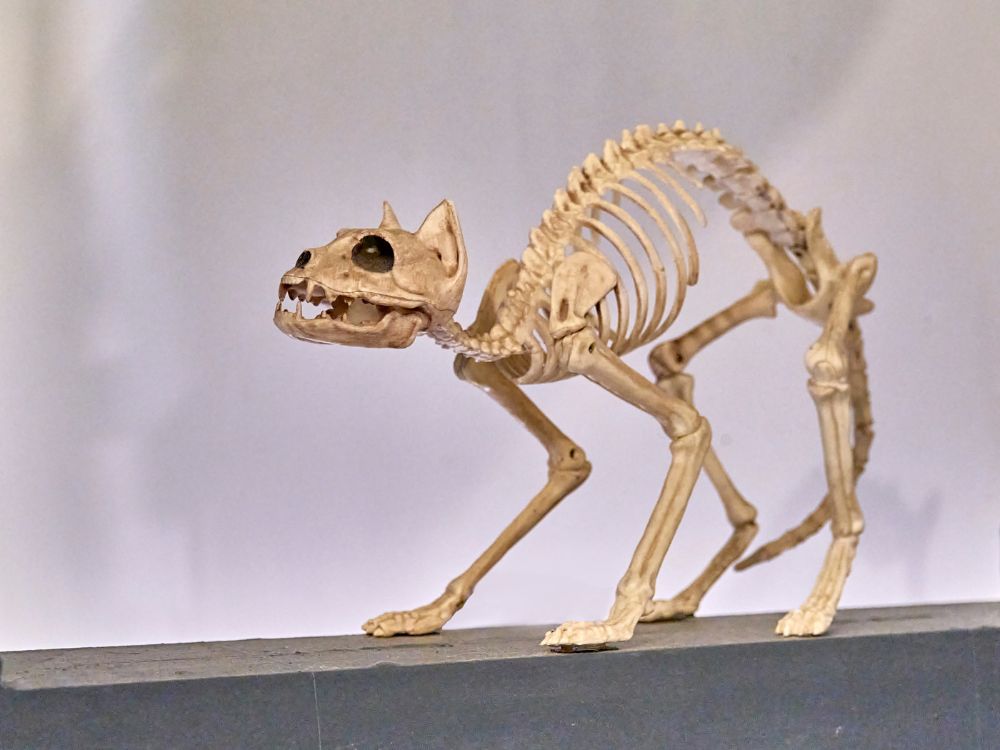
The Muscular System: Strength and Speed
Cats are known for their strength and speed, which are essential for both hunting and play. Their muscular system is highly developed, especially in the hind legs, which provide the power needed for jumping and sprinting. Cats can accelerate quickly, reaching speeds of up to 30 miles per hour in short bursts. Their muscles also allow for precise and controlled movements, making them excellent hunters. When you see a cat stalking its prey, you’re witnessing the combined power of its muscles and instincts.
The Claws: Tools for Hunting and Defense
A cat’s claws are one of its most versatile tools. Retractable and sharp, they serve multiple purposes. When hunting, a cat uses its claws to catch and hold onto prey. In climbing, the claws provide grip, allowing the cat to scale trees or other surfaces with ease. Additionally, claws play a crucial role in a cat’s defense. When threatened, a cat will extend its claws, ready to protect itself. Regular scratching helps keep the claws sharp and is also a way for cats to mark their territory.
The Paws: Sensory and Functional Marvels
Cat paws are more than just soft pads. They are sensory and functional marvels equipped with nerve endings that provide sensitivity to touch and temperature. The pads help cats move silently, aiding in their stealth during hunts. The design of their paws, coupled with their claws, makes them excellent climbers and hunters. Paws also serve as a cat’s grooming tool. They use them to clean their fur, and the rough texture of the pads helps in removing dirt and debris.
The Tail of Cats: Balance and Communication
A cat’s tail is not just for show; it plays a crucial role in balance and communication. When navigating narrow spaces or making sharp turns, the tail acts as a counterbalance, helping the cat maintain its agility. Additionally, cats use their tails to communicate their mood. A twitching tail might indicate irritation, while a raised, bushy tail could signal fear or aggression. Understanding your cat’s tail movements can give you insight into its emotions.
The Ears of Cats: Hearing Beyond Human Capabilities
Cats have an extraordinary sense of hearing. Their ears can rotate up to 180 degrees, allowing them to detect the slightest sounds from any direction. This keen hearing is vital for hunting, as it helps them locate prey even when it’s out of sight. Cats can hear frequencies up to 65,000 Hz, much higher than humans, who can only hear up to 20,000 Hz. This ability to hear high-frequency sounds is particularly useful for detecting the ultrasonic calls of rodents, their natural prey.
The Eyes of Cats: Night Vision Experts
The eyes of a cat are one of its most iconic features. Their large, round pupils allow them to see in low light conditions, making them excellent night hunters. Cats have a higher number of rod cells in their retinas, which are responsible for detecting light, allowing them to see six times better than humans in the dark. The reflective layer behind their retina, known as the tapetum lucidum, further enhances their night vision by reflecting light back through the retina. This is why a cat’s eyes seem to glow in the dark.
Cats can perceive a large portion of the visible light spectrum, though their sensitivity to different wavelengths differs from that of humans. The human eye can detect light wavelengths roughly between 380 and 740 nanometers, while cats see within this range but with a narrower spectrum.
Humans have trichromatic vision, meaning we can see red, green, and blue light, while cats have dichromatic vision. This means they primarily see blue and green wavelengths. They cannot perceive red light, and yellow or orange hues appear less distinct to them.
Additionally, cats are more sensitive to short-wavelength (blue) and medium-wavelength (green) light, but they are less sensitive to longer-wavelength (red) light. Therefore, they perceive this part of the spectrum differently than humans.
The Whiskers: Sensory Guides
Whiskers, or vibrissae, are more than just cute facial features. They are highly sensitive sensory tools that help cats navigate their environment. Whiskers can detect changes in the air, which helps cats sense nearby objects, even in complete darkness. The length of a cat’s whiskers is typically about the width of its body, allowing them to judge whether they can fit through tight spaces. Whiskers also play a role in communication, indicating a cat’s mood. Forward-facing whiskers often signify curiosity, while whiskers pulled back against the face may indicate fear or aggression.
The Nose: A Powerful Sense of Smell
A cat’s sense of smell is one of its most important senses. Cats have a highly developed olfactory system, which they use to detect food, identify other animals, and mark their territory. They have a special organ called the Jacobson’s organ, located on the roof of their mouth, which allows them to taste and smell at the same time. This organ is particularly useful for detecting pheromones, which play a crucial role in feline communication. A cat’s sense of smell is 14 times stronger than that of a human, making it an essential tool for survival.
A Marvel of Feline Physiology
Beyond the visible features, the anatomy of cats includes internal organs that work harmoniously to maintain health and vitality. Understanding the internal systems within the anatomy of cats helps in recognizing their biological complexity and emphasizes the importance of proper care.
The Heart of Cats: A Powerful Engine
The heart of a cat is a powerful organ that pumps blood throughout the body, supplying oxygen and nutrients to tissues while removing waste products. A cat’s heart beats faster than a human’s, with a normal rate of 140-220 beats per minute, depending on its size and activity level. The efficient circulatory system supports the cat’s active lifestyle, ensuring that its muscles receive the oxygen they need during intense activities like hunting or playing.
The Lungs of Cats: Breath of Life
Cats have highly efficient lungs that allow them to breathe quietly and effectively. Their respiratory system is designed to support their high-energy bursts and silent stalking. Cats breathe through their nose, and their lungs efficiently exchange oxygen for carbon dioxide. This system also helps them regulate body temperature, as they don’t sweat like humans but rely on respiration and grooming to cool down.
The Digestive System: Optimized for Carnivores
Cats are obligate carnivores, meaning their diet primarily consists of meat. Their digestive system is optimized for processing high-protein, high-fat diets. Starting in the mouth, their sharp teeth tear flesh, while enzymes in their saliva begin breaking down the food. The stomach is highly acidic, allowing them to digest meat efficiently and kill potential bacteria in raw prey. The intestines further process the nutrients, with the small intestine absorbing proteins and fats, and the large intestine reabsorbing water and forming waste.
The Liver and Kidneys: Detox and Filtration
The liver in a cat’s body performs numerous vital functions, including detoxifying harmful substances, producing bile for digestion, and storing essential nutrients. Meanwhile, the kidneys filter the blood, removing waste products and balancing electrolytes. These organs are crucial for maintaining overall health, as they help manage the body’s delicate balance of nutrients and fluids. Cats are known for being prone to kidney issues, especially as they age, making hydration and a balanced diet critical.
The Nervous System of Cats: Control Center
A cat’s nervous system controls every aspect of its life, from movement to sensory perception. The brain processes information from the environment, coordinating responses that are often rapid and precise. This system also governs a cat’s reflexes, such as the famous “righting reflex” that allows them to land on their feet. The nerves spread throughout the body, linking the brain with muscles and organs, ensuring smooth and coordinated actions.
Conclusion: The Marvel of Cat Anatomy
The anatomy of cats is a perfect blend of beauty, strength, and functionality. From their flexible spine to their sharp claws, and the intricate network of internal organs, every part of a cat’s body is designed to make them the skilled hunters and beloved companions they are today. Understanding the anatomy of cats not only deepens our appreciation for these fascinating creatures but also helps us better care for them. Whether you’re watching your cat leap gracefully onto a high shelf or listening to its gentle purr, you’re witnessing the incredible result of millions of years of evolution.

